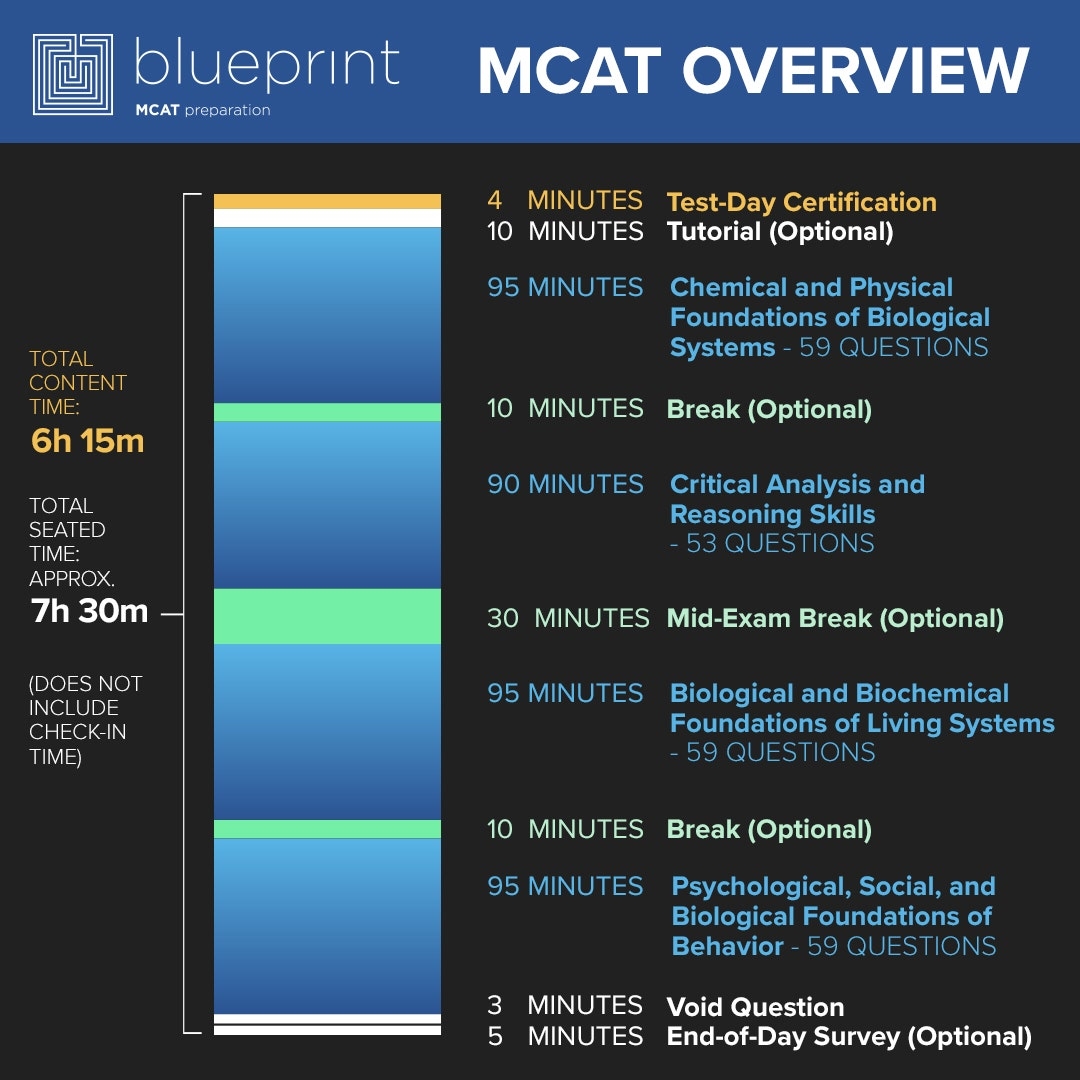Studying for the Medical College Admission Test (MCAT) can be a challenging and rigorous process for aspiring medical students. However, before test-takers can even begin preparing for the exam, it is crucial to understand how the MCAT is administered and what to expect on test day.
Administered by the Association of American Medical Colleges (AAMC), the MCAT is a computer-based standardized test required for admission to medical schools in the United States and Canada. It is typically offered multiple times throughout the year at testing centers located worldwide to accommodate a large number of examinees.
How is the MCAT Administered
The MCAT is administered at Pearson VUE testing centers, which are equipped with secure computer workstations for test-takers. On the day of the exam, examinees are required to present valid identification, such as a driver’s license or passport, for verification purposes. Once checked in, test-takers are escorted to their assigned testing station where they will begin the exam.
The MCAT consists of multiple-choice questions that cover a wide range of topics, including biology, chemistry, physics, psychology, and sociology. Test-takers are given a set amount of time to complete each section of the exam, with scheduled breaks in between to rest and recharge. The entire testing process typically takes around 7.5 hours to complete, including check-in and break times.
During the exam, test-takers are required to follow a strict set of rules and guidelines to maintain the integrity of the testing process. This includes not bringing any personal belongings, such as cell phones or study materials, into the testing room. Any violation of these rules may result in disqualification from the exam and forfeiture of test scores.
After completing the MCAT, test-takers will receive their scores within 30-35 days of the exam date. Scores are reported on a scale ranging from 472 to 528, with each section scored individually. Examinees can access their scores online through the AAMC website and send them directly to medical schools as part of the application process.
In conclusion, understanding how the MCAT is administered is essential for success on test day. By familiarizing themselves with the testing process and following all guidelines, aspiring medical students can approach the exam with confidence and achieve their desired scores.
